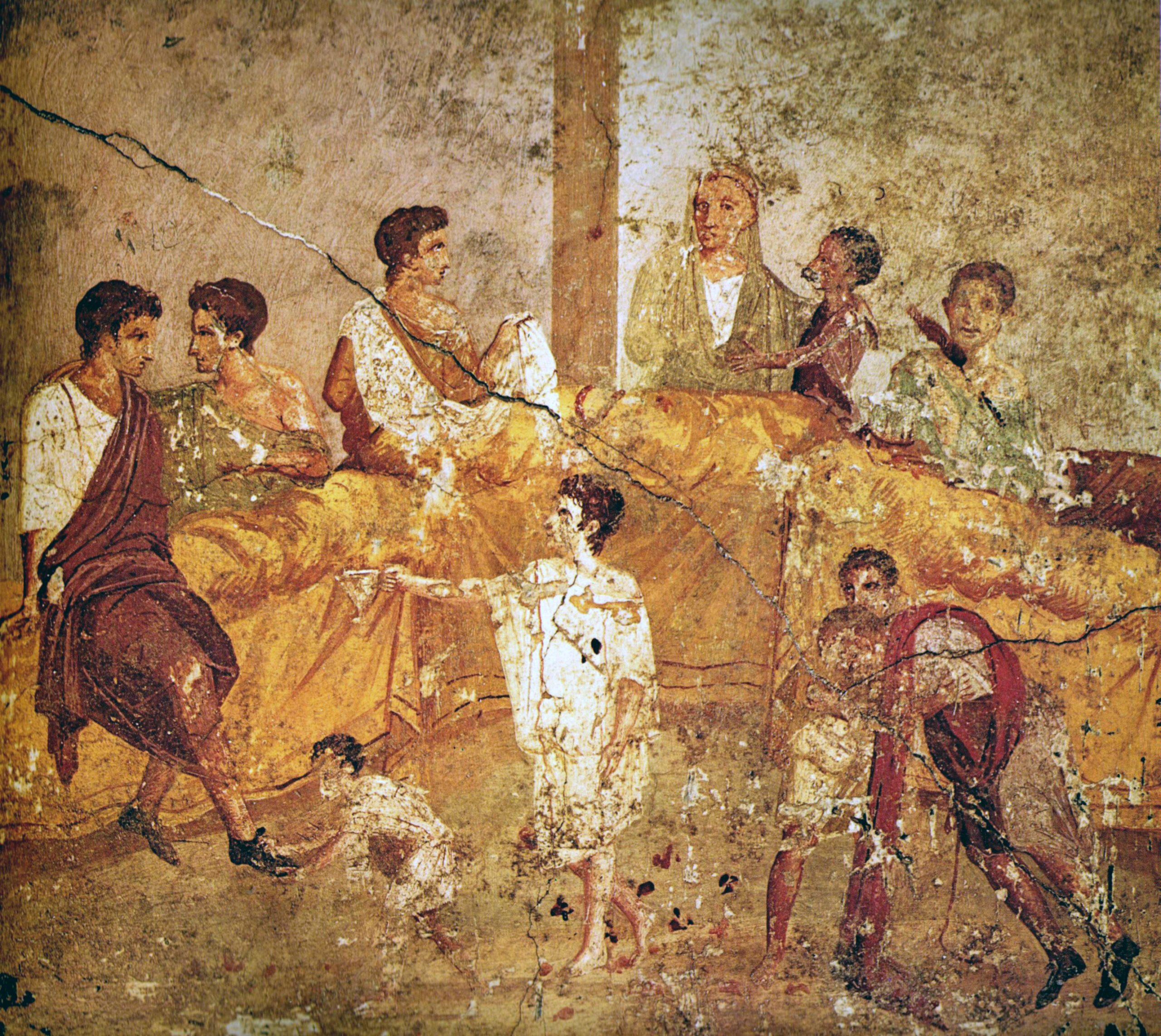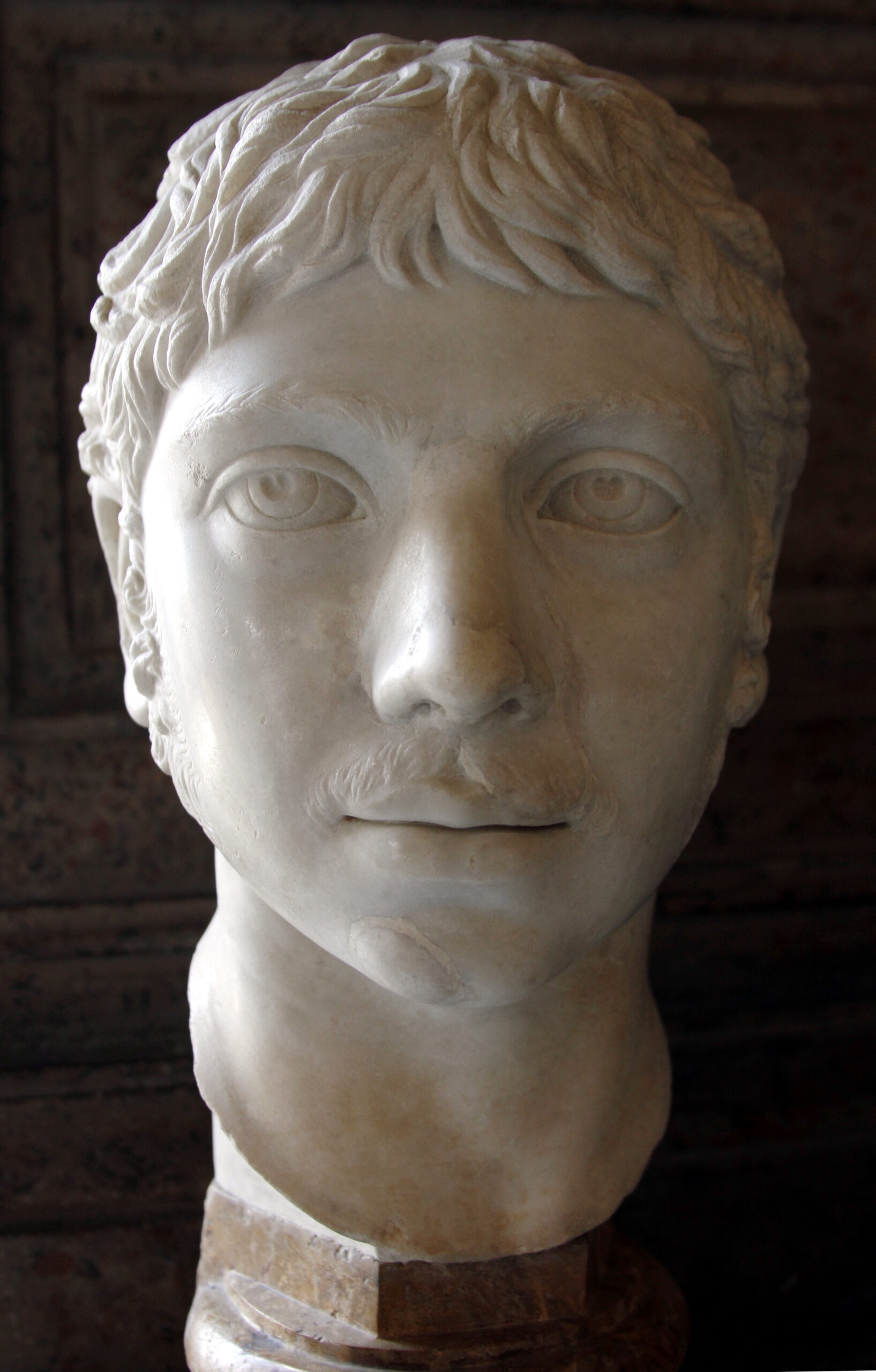The Roman Empire, in its peak, was a force to be reckoned with. While it may not have had the same sheer size as some other empires in history, it was still significantly impactful. In terms of global population, it comprised only 12% during its apex, ranking it 28th in the list of largest empires ever recorded.
But just because the Roman Empire was not as vast as others, doesn’t mean it wasn’t filled with fascinating facts. Here are a few:
1. The Wars Between Romans and Persians Lasted About 721 Years
The longest conflict in human history took place between the Roman Empire and the Persian Empire. Starting in the 3rd century BCE, these two empires fought on and off for over 700 years. The conflict started during the siege of Seleucia by King Mithridates I, where the Roman commander Lucius Cornelius Sulla defeated the Persians. This event led to the establishment of the Roman Empire’s borders in the East.
However, the conflict between the two powers continued with varying levels of intensity until 628 CE, when the Sassanid Empire was conquered by the Arab Caliphate. The boundaries of the Roman Empire shifted during this lengthy struggle, and at times, the conflict even included the Byzantine Empire.
2. During a Triumph in Ancient Rome, a Slave Would Walk Behind the Victorious General Whispering
During a Triumph, a Roman general would embark on a procession to commemorate their military successes. The procession began at the Capitolium and included a variety of aspects, such as musical instruments, animals, and captives.
Amusingly, a slave would typically follow behind the victorious general, whispering in their ear. The slave’s words were meant to remind the general not to get above himself, reminding them that power could be fleeting.
3. In Ancient Rome, There Was a Sponge in the Baths That Everyone Used to Wipe Their Bums
In the 1st and 2nd centuries CE, Roman public bathhouses evolved to become elaborate and sophisticated facilities. However, one particular feature became a relatively infamous fact about these establishments.
At Roman bathhouses, a sponge (called a fumentum) was passed around by attendants to assist bathers in wiping themselves clean after their bath. The practice was widespread, and there were even specialized businesses that rented out sponges for bathers to take home with them.
It’s interesting to note that the use of sponges was not just a Roman tradition. In fact, the Ebers Papyrus, an Egyptian medical document from around 1500 BCE, describes a similar practice of using a sponge on a stick to wipe the body clean after washing.
4. The Colosseum Mourned Its First Victim
Quite possibly one of the most infamous occurrences in Roman history happened in the Colosseum. During a gladiatorial game in 80 CE, its first-ever participant, named Rufus, confronted his opponent. They fought valiantly, and when Rufus finally defeated his opponent, the crowd roared in celebration. But as Rufus reveled in his victory, a brutal twist occurred. Instead of praising him, the crowd began booing and hissing, turning on him with anger. Rufus couldn’t understand why they were turning on him until he realized that the crowd was furious that his opponent wasn’t killed. They were demanding death as a promise of entertainment. Never have we seen such a metaphorical phrase as “dead men tell no tales” been as literally true as it was for Rufus.
5. Memento Mori – Remember Your Mortality
A ubiquitous sight during the Roman Empire, Memento Mori was a reminder to people of the fragility and fleeting nature of life. It was prevalent in art, fiction, philosophy, and death rituals. Carved into gravestones, sculpted as effigies, and even painted on portraits, this phrase was a constant reminder that nobody was immortal.
These Memento Mori sculptures were often quite elaborate, depicting the figure’s head detached from their body, presumably as a way to emphasize the fearsome power of mortality. Some were even painted as cartoonish or humorous with whimsical depictions of death either beating them with a scepter or nibbling on them.
In conclusion, the Roman Empire’s history is vast and intriguing, filled with unique facts that continue to stun and fascinate us. While it may not have been the largest or the most powerful empire ever to exist, it still played a significant role in shaping history and culture. The stories and legends it has generated have become symbols of enduring motifs of bravery, power, and intellect; these stories undergirded with realistic flaws portraying the human facets of the proud Roman empire. It’s these factors that make the Roman Empire a fascinating topic of study, and its stories continue to captivate us today.



